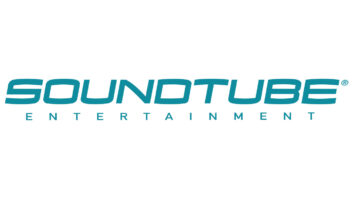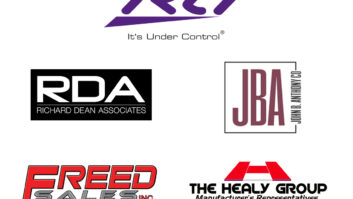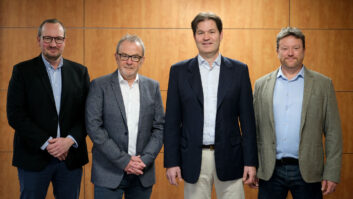Madison, Wis. – Affected by continued slowness in the battery category, an extremely competitive promotional environment and cautious retail inventory management, North American sales at Rayovac in the its fiscal second quarter dropped 7 percent, to $89.8 million, compared with $96.5 million in the same three months last year.
North American general battery sales were down 8 percent, with alkaline sales off 4 percent and heavy-duty sales down $3.9 million. Rechargeable battery sales continued their strong growth in North America during the second quarter, climbing 7 percent over the same period a year ago.
Overall second-quarter Rayovac general battery sales dropped 12 percent, or $12.1 million, compared to the second quarter last year. Alkaline battery sales declined $2.4 million, or 4 percent. Heavy-duty battery sales were down $10.2 million, due, in part, to retail softness in North America. Rechargeables sales rose 6 percent, driven by the ongoing success of the company’s 1-Hour Charger and nickel metal hydride batteries, said Rayovac.
The continuing softness in the U.S. battery market, as well as intense category promotional activity, among others, contributed heavily to Rayovac’s 10 percent overall decline in sales in the second quarter, hitting $121.2 million, compared with $134.7 million in the year-ago second quarter.
Operating income, before special charges, dipped 8 percent, to $12.9 million, compared with $14.1 million year over year. Net income, however, increased 32 percent, to $5.4 million in the second quarter, up from $4.1 million.
For the six months, overall Rayovac sales dropped 5 percent, to $283 million, compared with $299 million in the year-ago period. Operating income, before special charges, slid 55 percent, to $16.4 million, down from $36.7 million in the same six months a year ago. Net income, however, soared 142 percent, reaching $5.8 million for the six months, compared with $2.4 million in the previous year.













